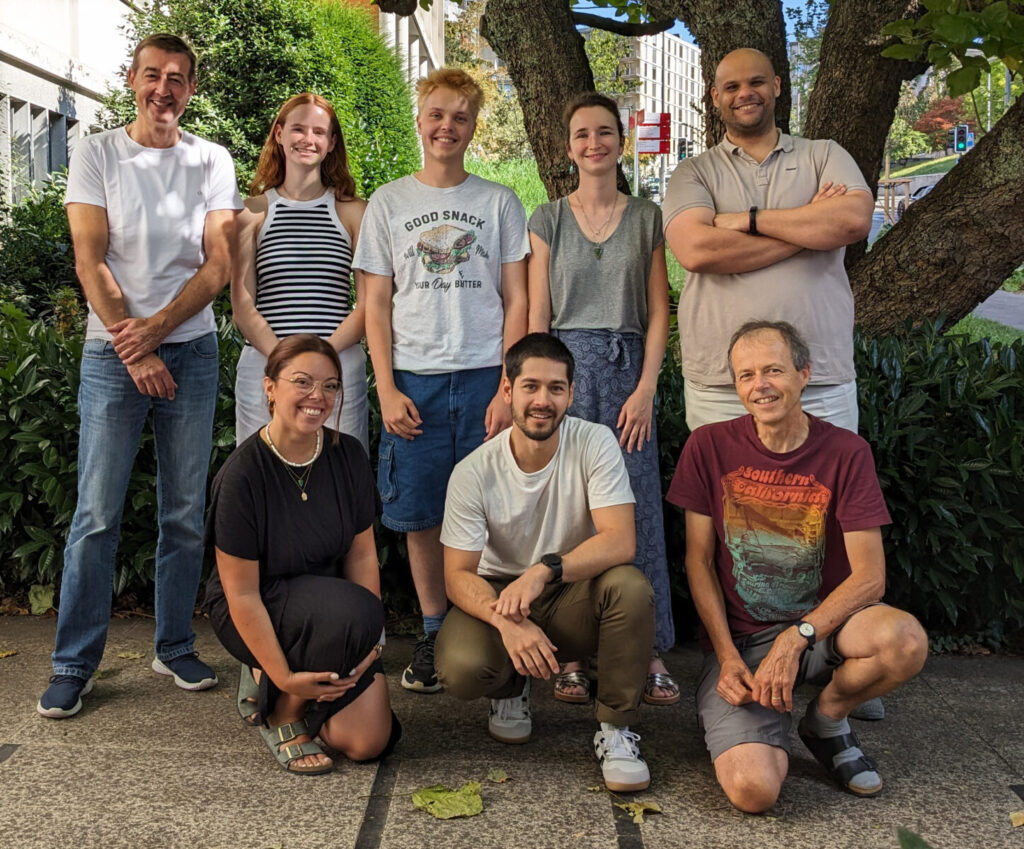
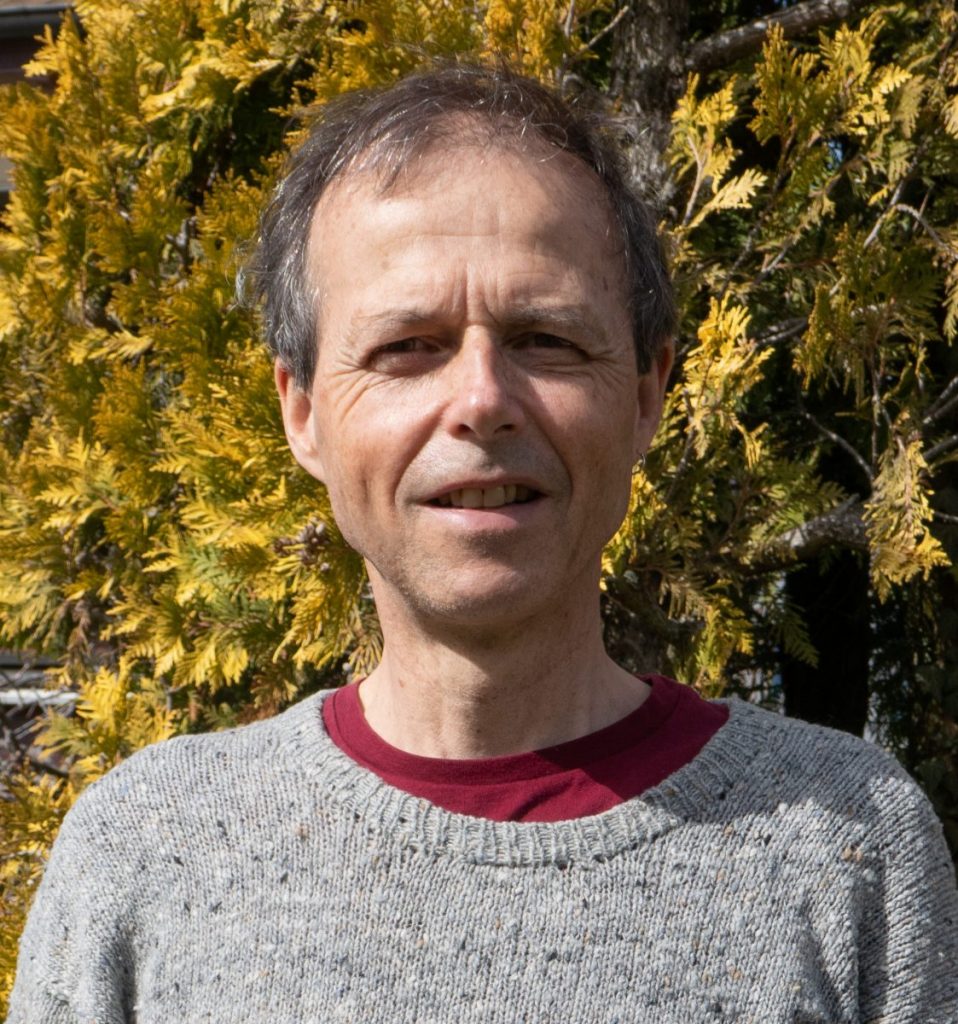
Stephan Kellenberger, group leader
Stephan Kellenberger obtained his PhD in 1994 from the University of Bern for his research on GABAA receptor function carried out in the laboratory of Erwin Sigel. During his post-doctoral training with W.A. Catterall at the University of Washington, Seattle, he investigated the molecular mechanisms of voltage-gated sodium channel inactivation. He joined the Department of Pharmacology and Toxicology of the UNIL in 1997 to investigate with Laurent Schild the epithelial sodium channel. In 2001 he started his own line of research on the function of acid-sensing ion channels (ASICs).
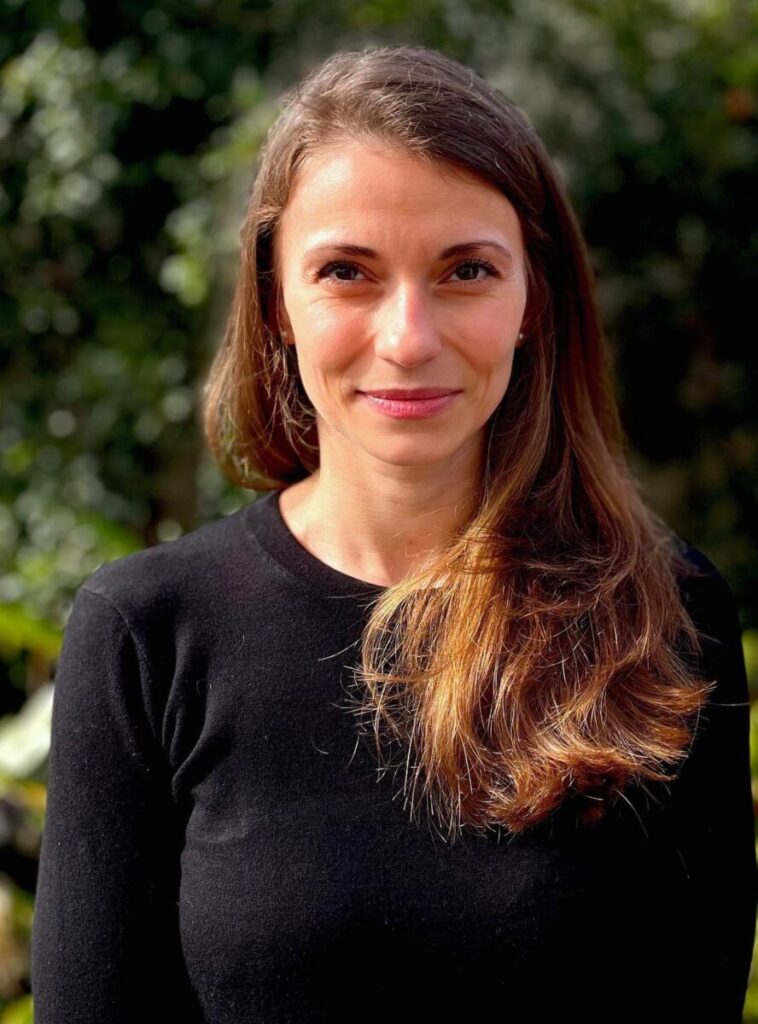
Elena Budusan, post-doctoral researcher
Elena Budusan obtained her PhD in Pharmacology and Biochemistry at the University of Queensland in Brisbane, Australia. During her PhD, she focused on the characterization and development of more potent and selective ASIC modulators derived from spider and snake venoms. Prior to her PhD, she completed her MSc in Biochemistry at the Ludwig-Maximilian University of Munich, Germany. During her master’s project, she gained initial experience and insight into the fascinating field of ion channels while investigating the role of acidosis and ASICs in inflammation. She obtained her BSc in Molecular Biology at the University of Vienna, Austria. In December 2023, Elena joined Stephan Kellenberger’s research group as a post-doctoral researcher. Her current research focuses on understanding the mechanisms responsible for the activation and modulation of ASICs.
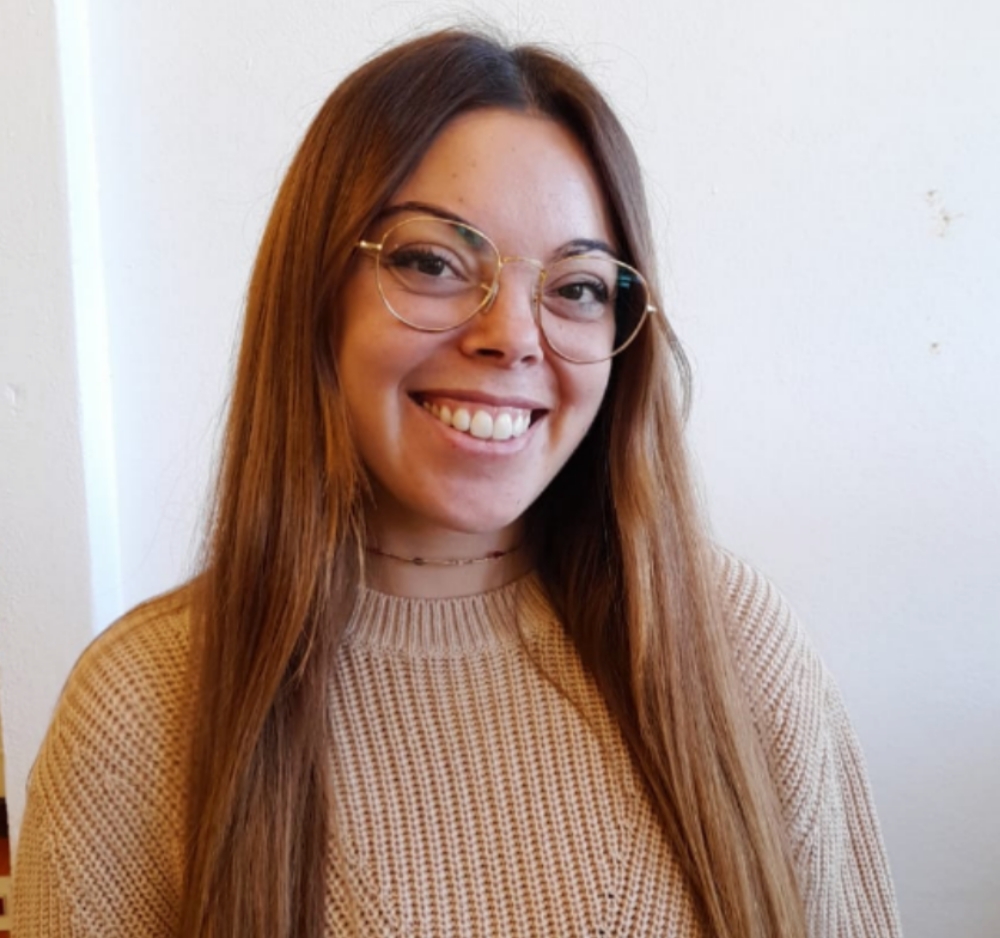
Eleonora Centonze, post-doctoral researcher
Eleonora Centonze obtained her PhD in Neuroscience and Neurotechnology at the Italian Institute of Technology (IIT) in Genoa, Italy. During her PhD, she conducted a functional characterisation of the pathophysiological role of REST/NRSF, a master regulator of genes and signalling pathways involved in neuronal differentiation and maintenance of normal glial cell functions, in primary astrocytes by patch-clamp. She got her MSc in Neurobiology at the University of Pavia, Italy, and her BSc in Biological Sciences at the University of Salento, Italy. Eleonora joined Stephan Kellenberger’s group in October 2022 as a postdoc. She is currently working on the mechanisms of activation and modulation of ASIC channels, using Two-Electrode Voltage-clamp (TEV) and Voltage-Clamp Fluorometry (VCF).
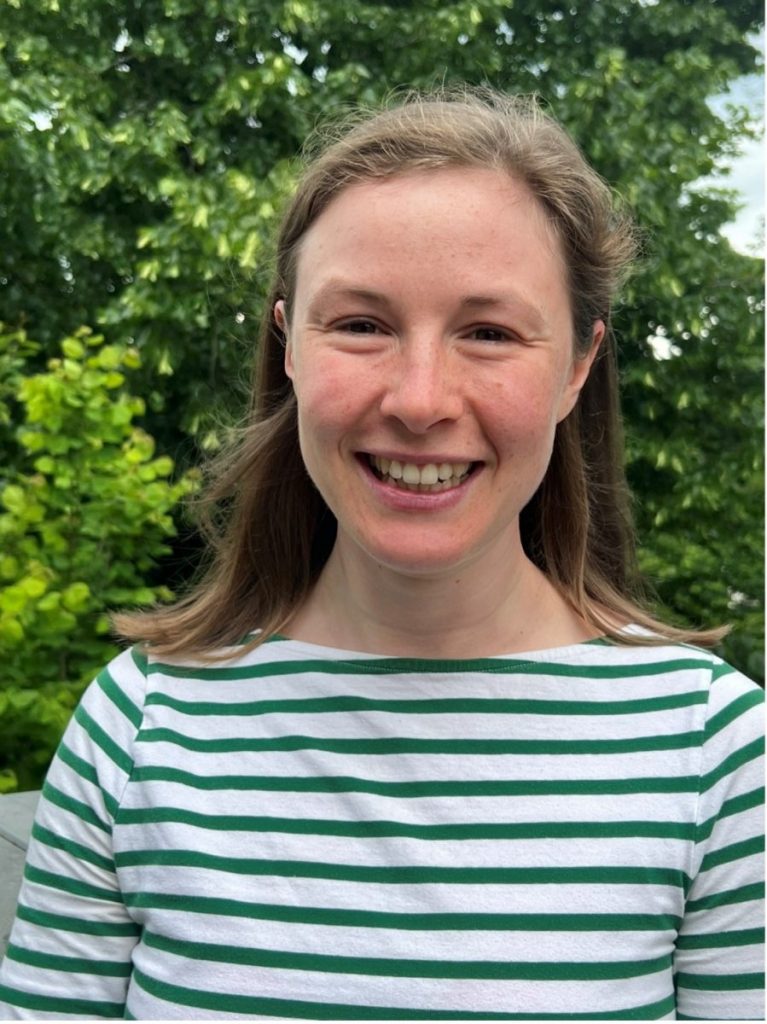
Eleanor McKay, post-doctoral researcher
Eleanor McKay studied at the University of Oxford for an undergraduate degree in biomedical sciences. She stayed in Oxford to complete an MSc by Research investigating the role of the membrane transporter ABCC5 in gut hormone secretion and adipose tissue biology. Eleanor was then awarded a British Heart Foundation studentship to pursue her PhD at the University of Edinburgh. Working under the supervision of Prof Robert Semple, Eleanor’s PhD research focussed on the mechanisms underlying cardiovascular and metabolic dysfunction in Alström Syndrome, a rare genetic ciliopathy. Eleanor joined the Kellenberger Lab in March 2024 to study the role of Asic1a in thermoregulation and metabolism.
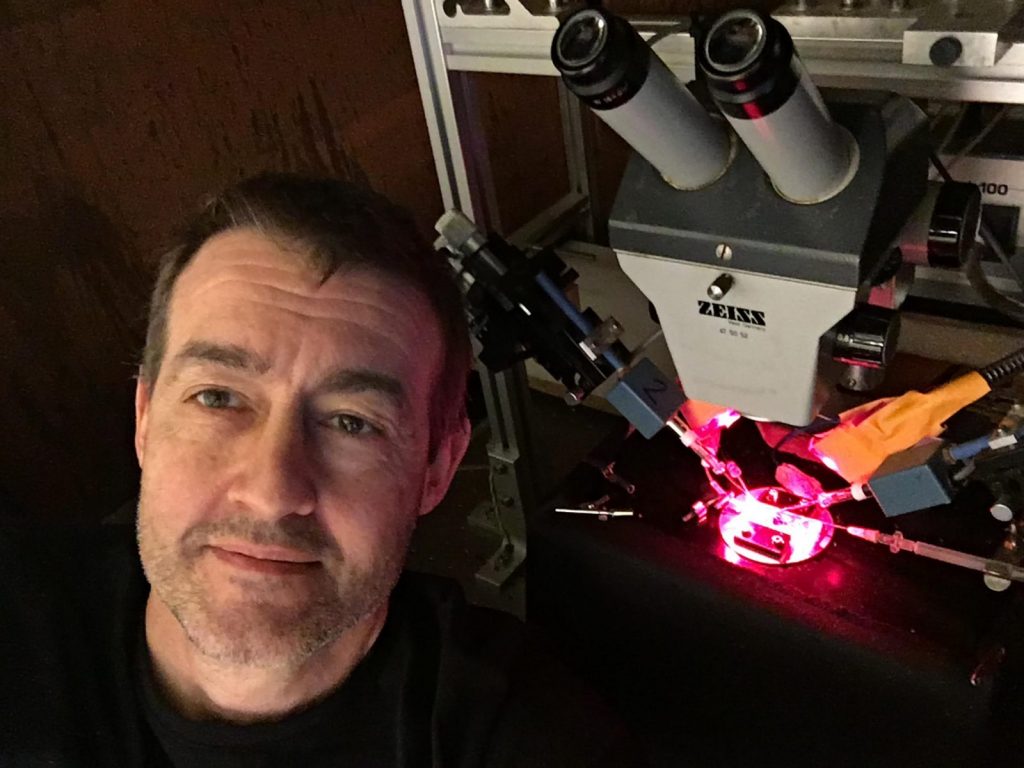
Ivan Gautschi, laboratory technician
Ivan Gautschi, Lab Technician. During 1987–1992, he worked in the group of Françoise Roch-Ramel on ion channel transport by using isolated perfused nephrons. During 1992-2018, Ivan worked in the group of Laurent Schild, carrying out Two-Electrode Voltage-Clamp experiments mostly with Epithelial Sodium Channel (ENaC). Since 2018, Ivan has been working in the lab of Stephan Kellenberger applying Two-Electrode Voltage-clamp and Voltage-Clamp Fluorometry (VCF) to several Acid-Sensing Ion Channels (ASICs).

Ophélie Molton, PhD student
Ophélie Molton obtained her Bachelor in life and health science at the University of Nice and her Master in Neurosciences at the University of Marseille in France. She did her first year of master’s internship at the Institute of Neurobiology of the Mediterranean (INMED) where she studied the consequences of KCC2 cotransporter mutations, responsible for developmental epileptic encephalopathy, on chloride homeostasis. During her master thesis, she studied the alteration of the excitation/inhibition balance and the involvement of leptin in Rett syndrome at INMED, and alterations of the cholinergic system in Rett syndrome at Marseille Medical Genetics (MMG). Ophélie joined Stephan Kellenberger’s group in January 2020 as a PhD student and is currently working on the activation and modulation mechanisms of ASIC channels.
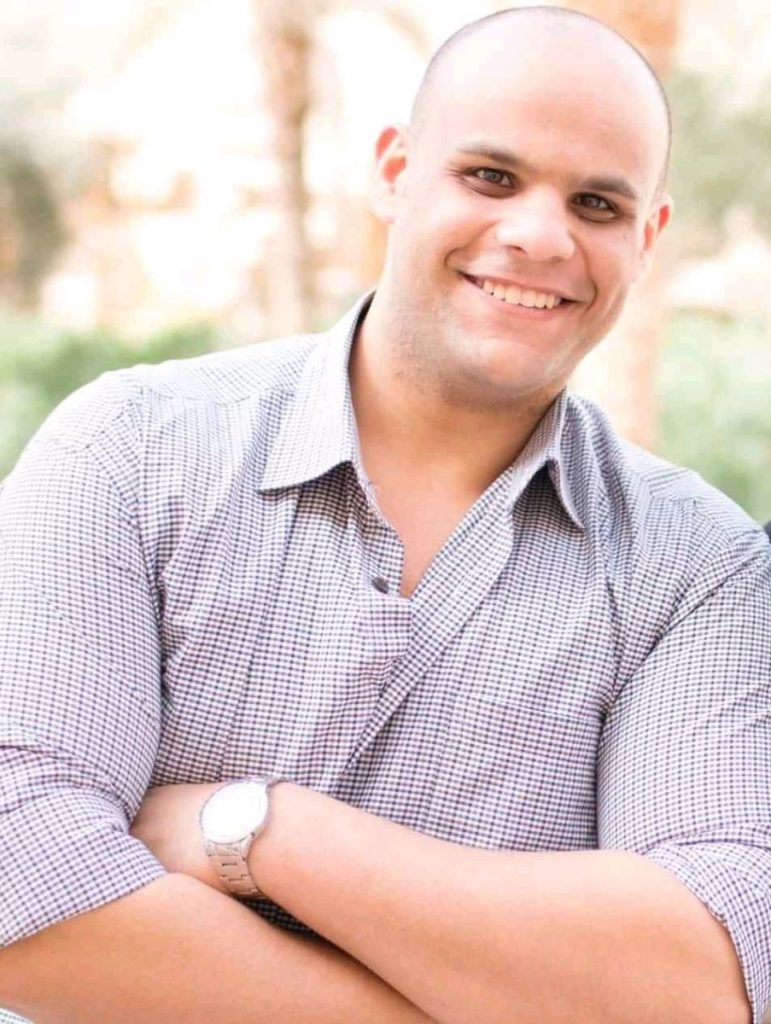
Mina Hanna, PhD student
Mina Hanna obtained a Bachelor of pharmaceutical sciences from the Ain Shams University in Cairo. He worked in a biopharmaceutical company and followed in parallel studies in pharmacology, from which he obtained a postgraduate pharmacology diploma. He moved then to the University of Debrecen, Hungary, where he followed a master program in molecular biology, and obtained in 2020 a Master degree. After working for some time in the biopharmaceutical industry, he joined our laboratory in December 2021 as PhD student in the context of the project BioinspireSensing.
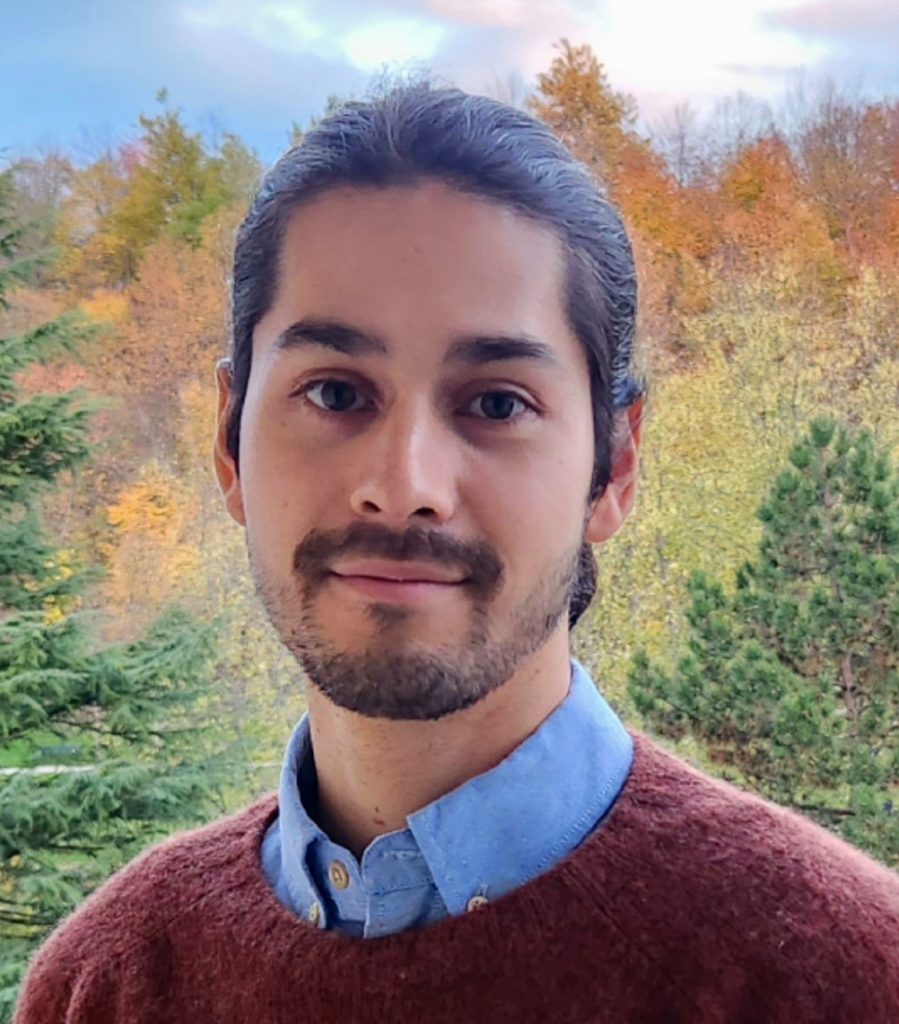
Marc Bohnet, PhD student
Marc Bohnet obtained his Master in pharmaceutical sciences at the University of Geneva. During his master thesis he worked on the development of a binding assay and on the discovery of compounds able to target the RNA conformational ensemble of an alternative splice site in the exon 11 of the LMNA gene, responsible for the Hutchinson-Gilford Progeria Syndrome. Marc joined Stephan Kellenberger’s group in January 2022 as a postgraduate research assistant. In August 2022 he started his thesis. He is currently working on the mechanisms of activation and modulation of ASIC channels, using electrophysiology.
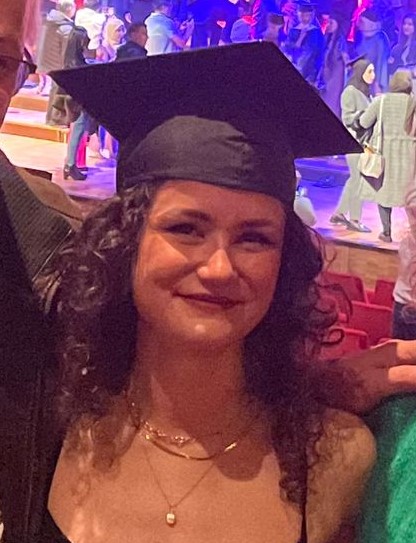
Julie Monnin, master student
Julie Monnin obtained a Bachelor in Pharmaceutical Sciences in 2023 from the University of Geneva. She is now pursuing a master’s degree in Pharmaceutical Sciences at the University of Geneva. As part of the Master program, she is doing a six-months project on the relationship between acid-sensing ion channel (ASIC) expression and aggressiveness of cancer cells.
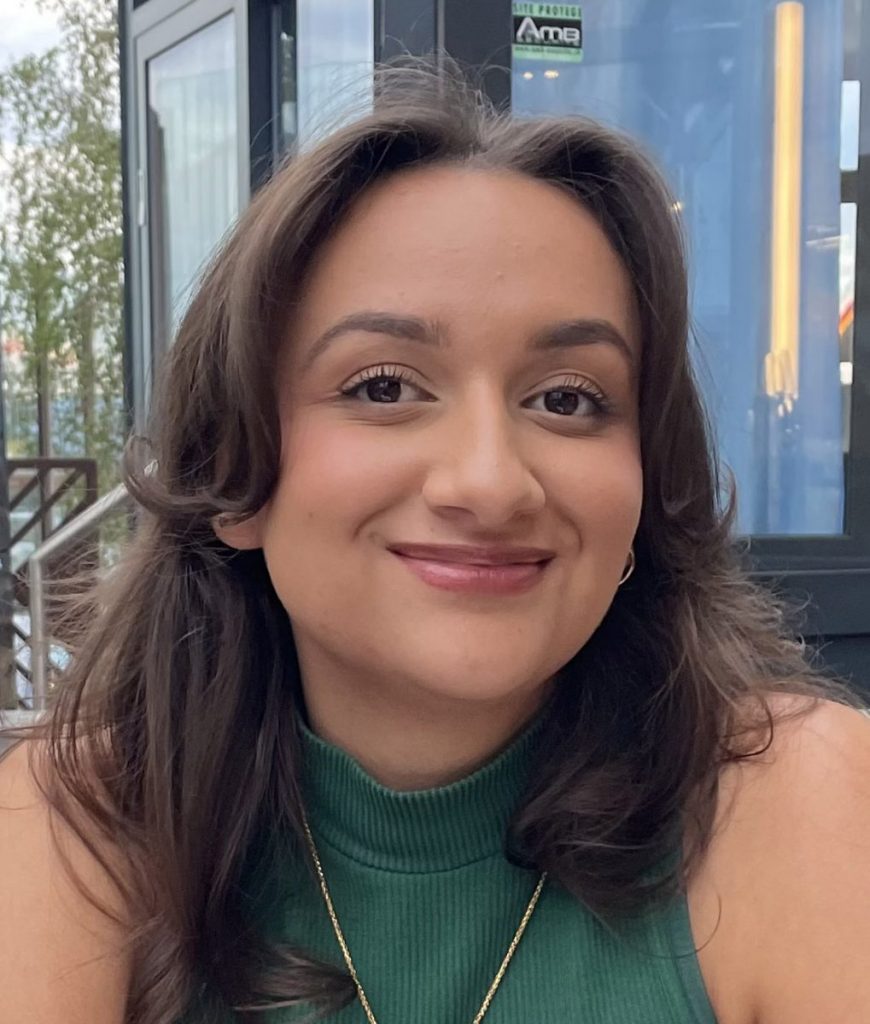
Neelam Khokhar, master student
Neelam Khokhar obtained a Bachelor in Pharmaceutical Sciences from the University of Geneva in 2023. She is now pursuing my Master degree in Pharmacy at the University of Geneva. She is currently working on a Master thesis, exploring the function of a pain-sensing ASIC channel subtype.
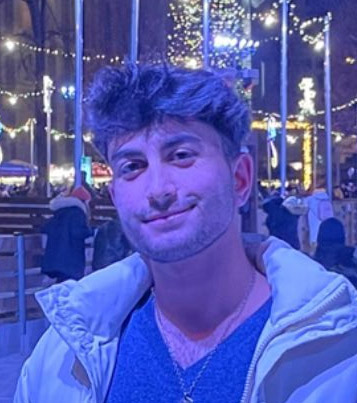
Umut Darilmaz, summer student
Umut Darilmaz, a medical and pharmaceutical biotechnology student at IMC Krems in Austria, is participating in the Summer Undergraduate Research program of the University of Lausanne in July and August 2024. His main focus is on characterizing the mechanism of action and pharmacology of chicken ASIC1b and comparing it to chicken ASIC1a.
Former collaborators
Below you find entries of previous collaborators
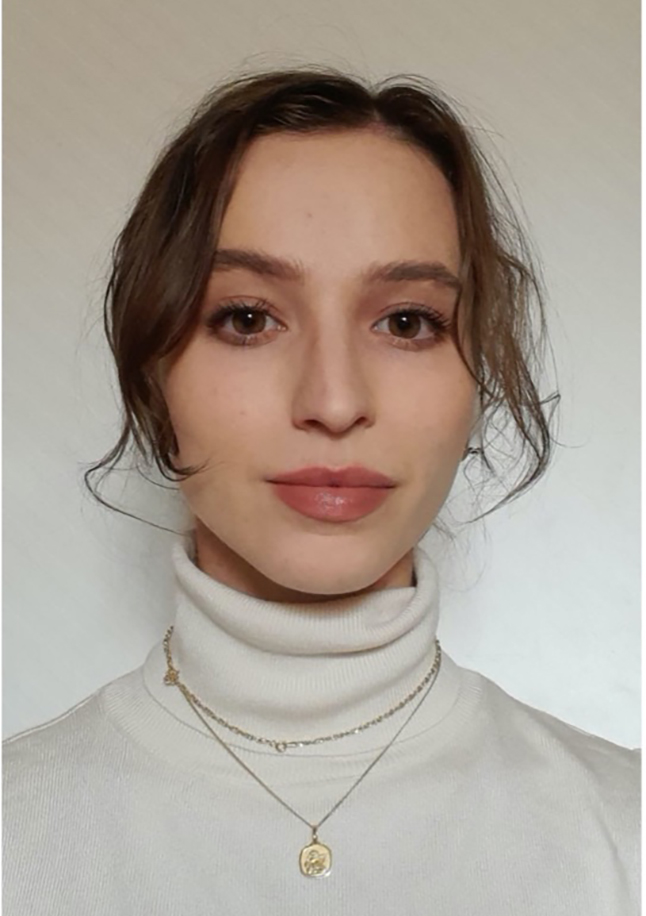
Lisa Teoldi, master student
Lisa Teoldi obtained her Bachelor of Science (BSc) in Biology degree at the University of Lausanne in 2022. She is currently pursuing a master’s degree in medical biology in which she is doing pre-master’s work to examine through electrophysiology the modulation of the human ASIC3 channel by several compounds, as well as the binding mechanism of the latter.
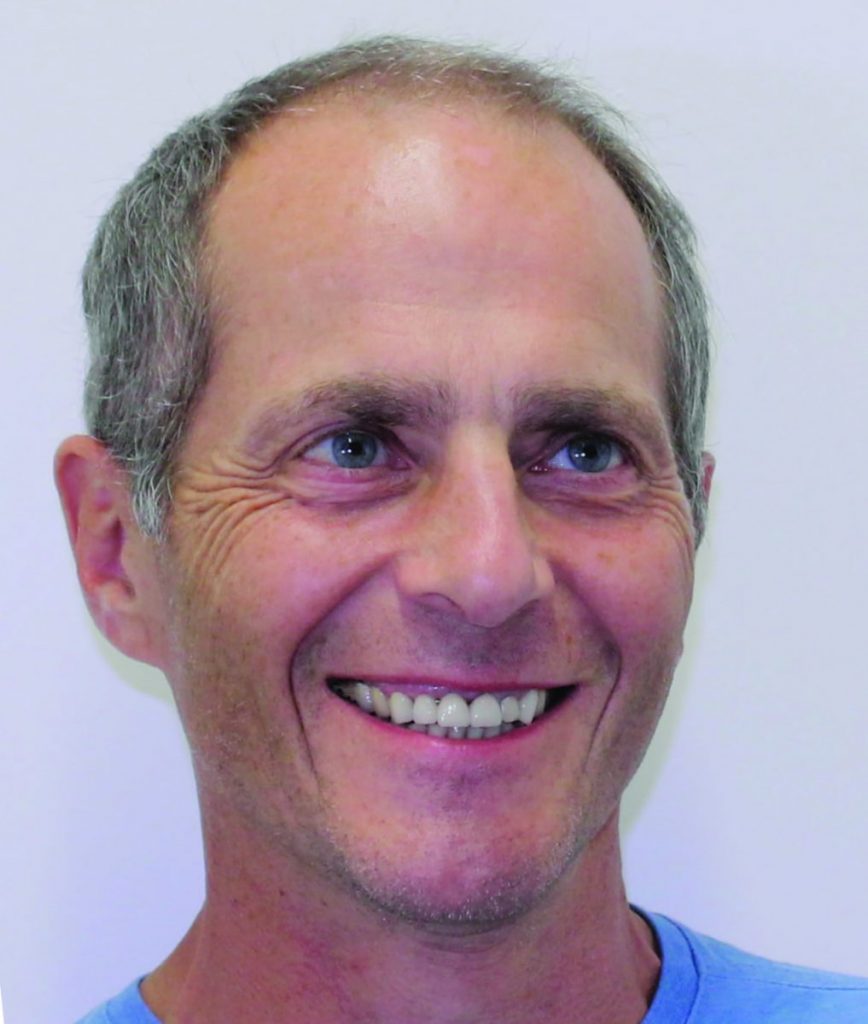
Olivier Bignucolo, post-doctoral researcher
After several years of work as a technician, Olivier Bignucolo obtained a master degree in Molecular Biology at the University of Basel in 2012, and a Ph. D. in Bioinformatics in 2016, from Molecular Dynamics studies of ion channels. He joined this laboratory in 2017 and has since been exploring ASICs with different computational approaches.
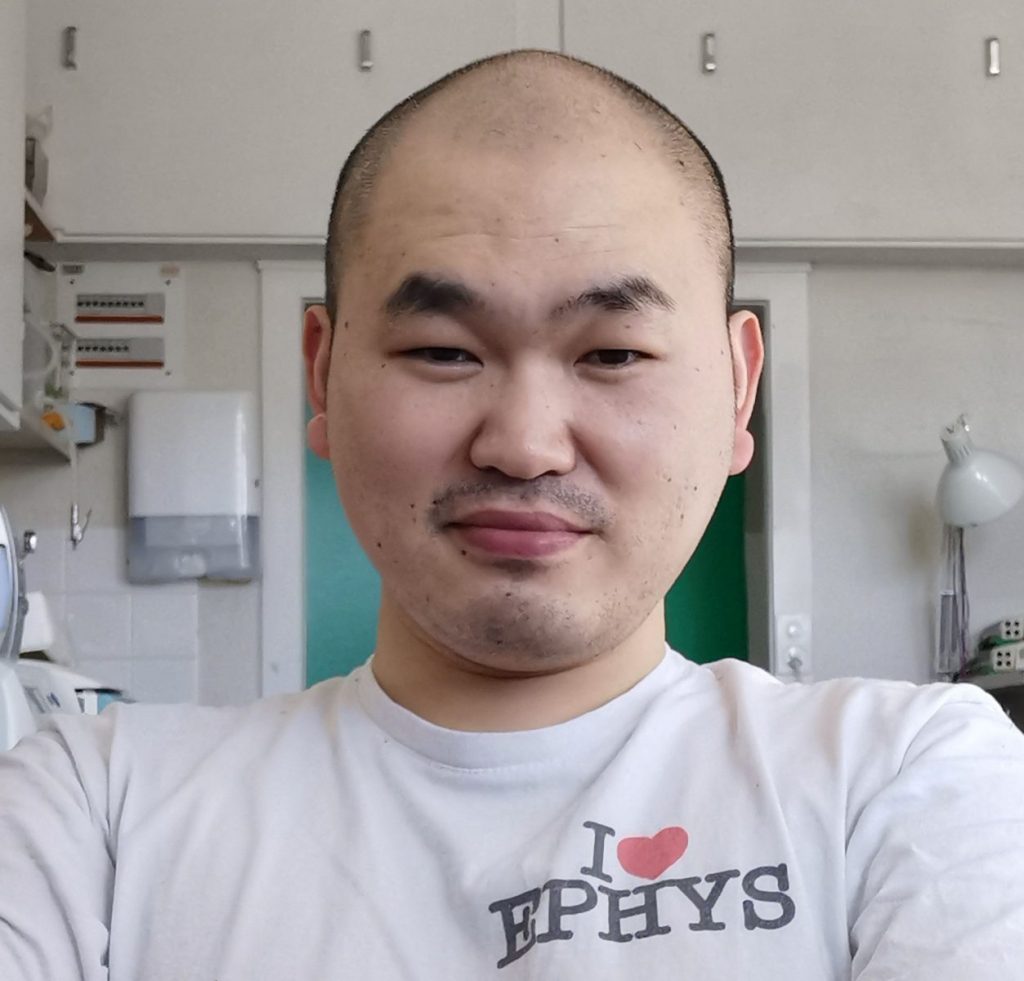
Zhong Peng, PhD student
Zhong Peng obtained his Master in Neuroscience at the Shanghai Jiao Tong University (China). During his Master thesis, he studied the mechanism by which ASIC3 mediates the itch sensation under pathological conditions associated with inflammation and tissue injury. He finished his Master thesis in 2014 and joined Shanghai Chempartner Co. Ltd as an Electrophysiologist, he studied the screening of small molecule allosteric modulators targeting glutamate receptors mediated synaptic plasticity. Zhong joined Stephan Kellenberger’s group in October 2016 as a Ph.D. student to explore the function of ASIC channels.
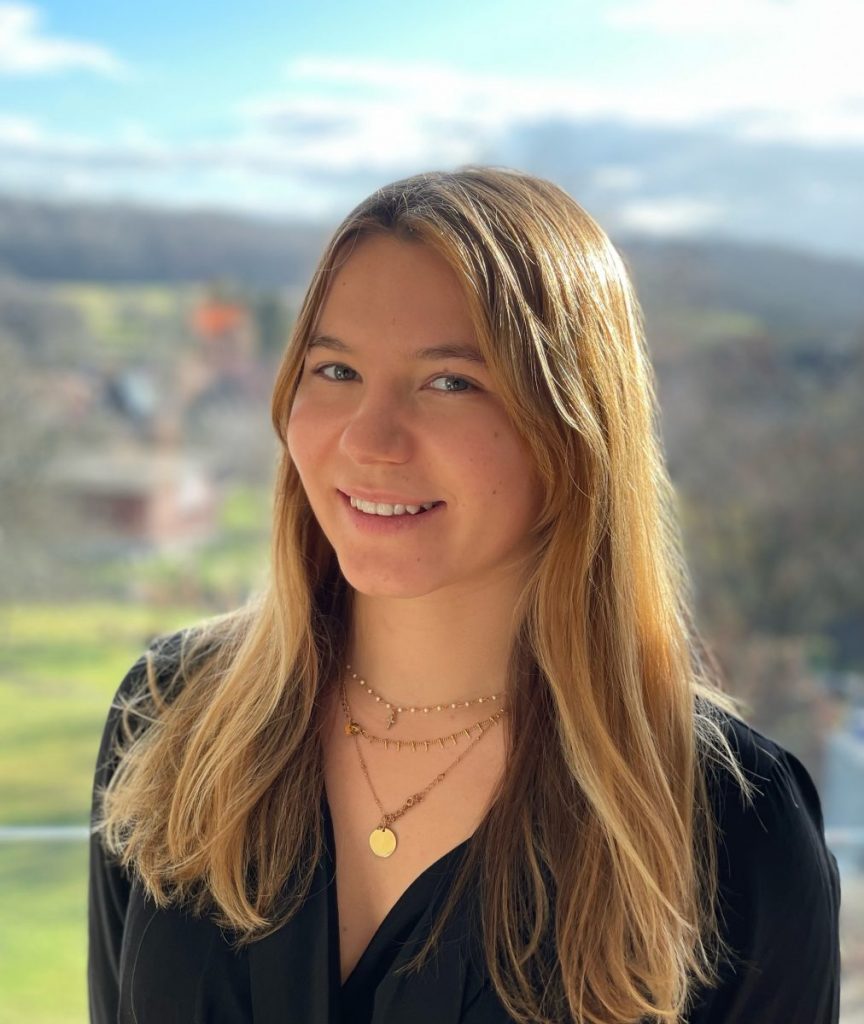
Manon Allouche, master student
Manon Allouche obtained her Bachelor of Science (BSc) in Biology degree at the University of Lausanne. She is now pursuing a master’s degree in medical biology with a specialization in pharmacology and toxicology. As part of this master, she did a six-week project from October to November 2021 on the mechanisms of activation and modulation of ASIC channels, more particularly ASIC1a, with electrophysiology.
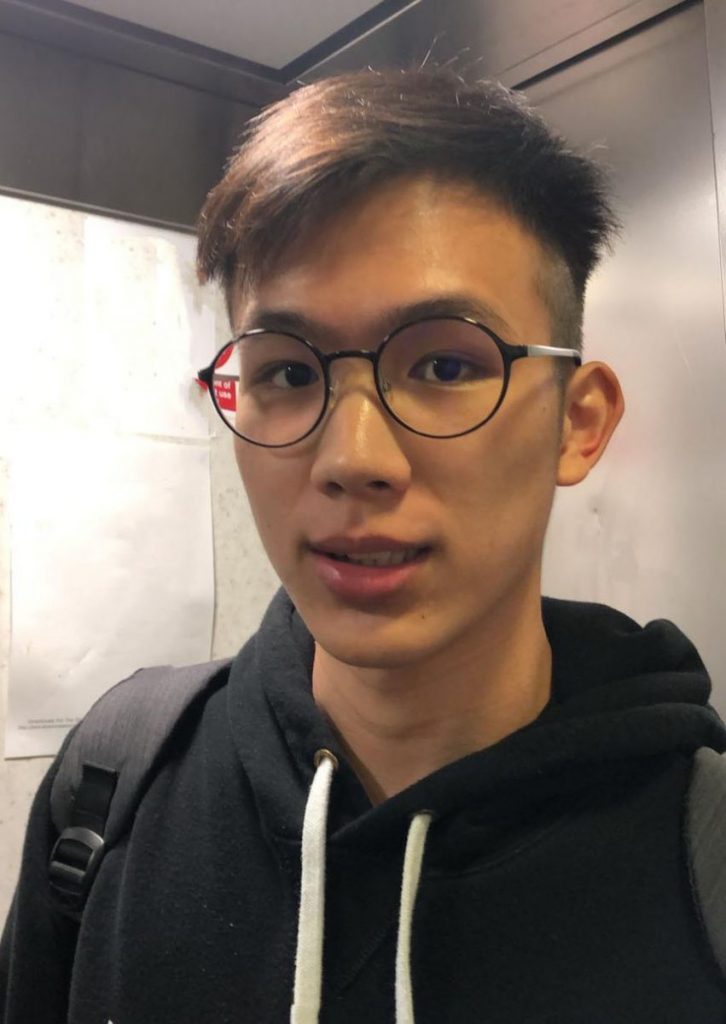
ChuanSheng Lim, Summer student
ChuanSheng Lim is a student of biomedical sciences with specialization medical physiology at the University of Manchester, UK. He participated in the Summer Undergraduate Research Programme of the UNIL during July and August 2021, investigating ASIC function with electrophysiology.
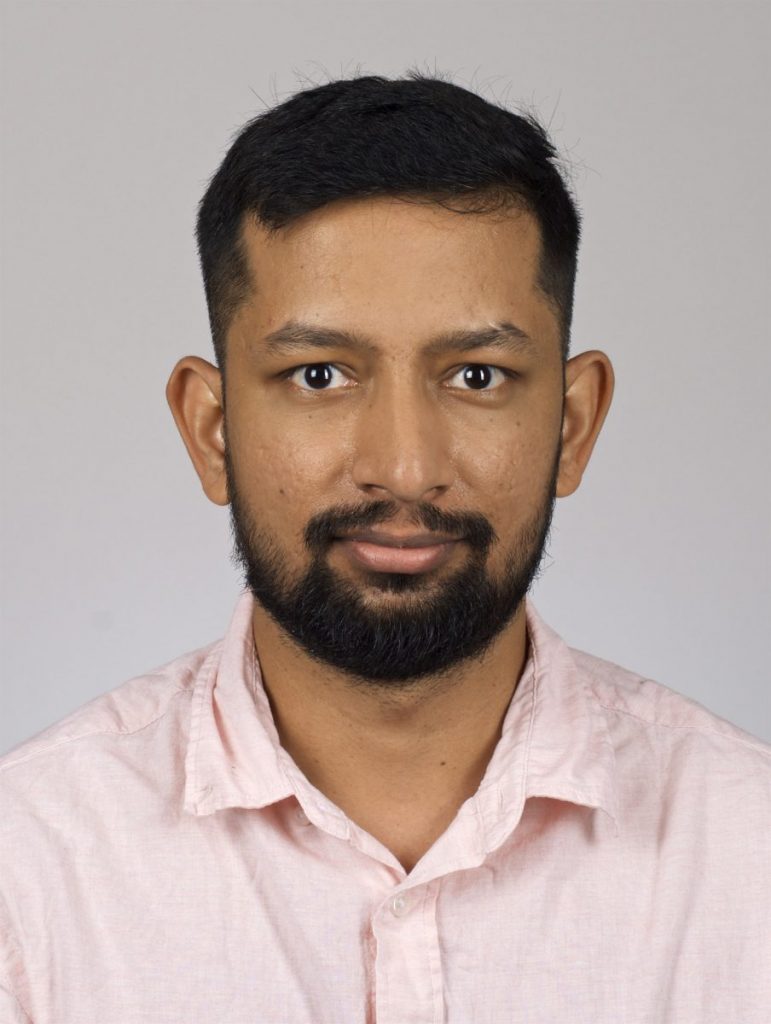
Anand Vaithia, PhD student
Anand Vaithia had obtained his bachelor and master of technology in Biotechnology from SASTRA University (India) in 2012. Then, he moved to Högskolan i Skövde (Sweden) and obtained masters in molecular biotechnology in 2016. Thesis work for master project was done in Erasmus exchange at Friedrich Schiller University in Jena (Germany). He started his Ph.D. in Stephan Kellenberger group in 2016 and graduated in 2021. In his Ph.D. thesis, Anand applied electrophysiology techniques with optical tweezer and cross-linking molecules to understand the structure-function relationship of ASIC activity. Presently, he is a postdoctoral researcher at the group of Prof.Volodymyr Korkhov at the Paul Scherrer Institute (PSI) and ETH Zürich, where he applies electrophysiology and Cryo-EM techniques to understand the structure-function relationship of membrane proteins and protein complexes involved in various cellular-signaling.
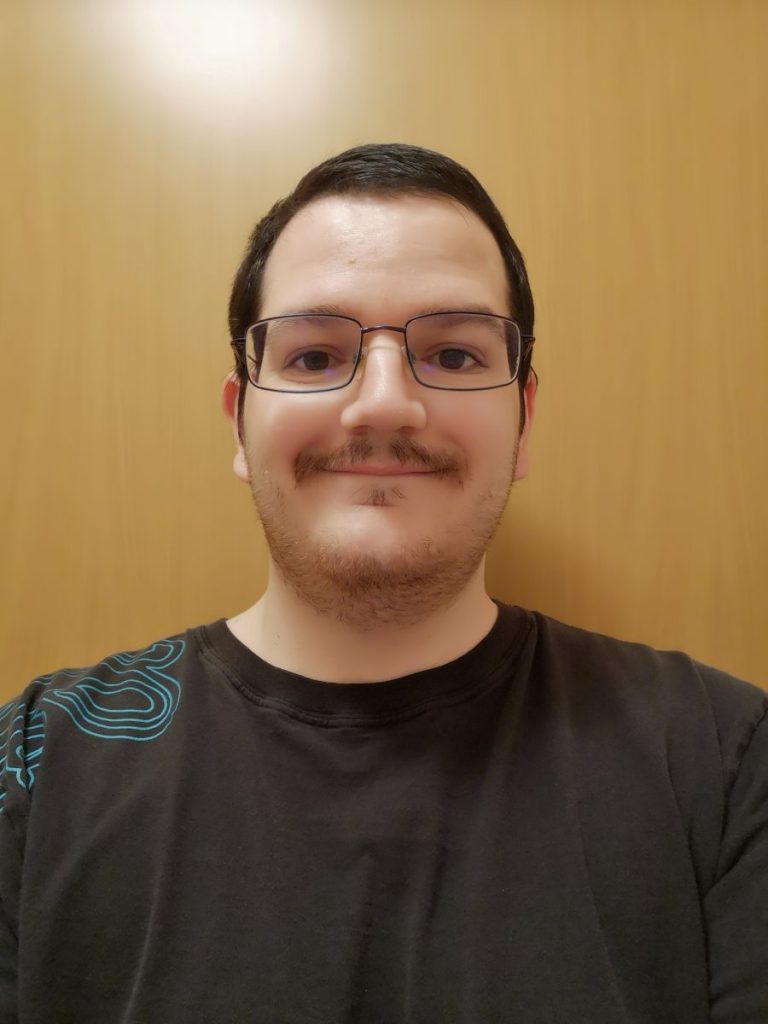
Nicolas Ambrosio, master student and scientific collaborator
Nicolas Ambrosio obtained his Bachelor of Science (BSc) and Master of Science (MsC) in Medical Biology at the University of Lausanne. In 2018, Nicolas joined Stephan Kellenberger’s lab as a master student. He used Voltage-Clamp fluorometry to unveil conformational changes during activation and desensitization of ASIC channels. He continued to work on this project for several months after he finished his master thesis and during a year as a PhD student. He decided then to change his activity, and has been working since February 2021 in a medical analysis laboratory to achieve the FAMH formation.
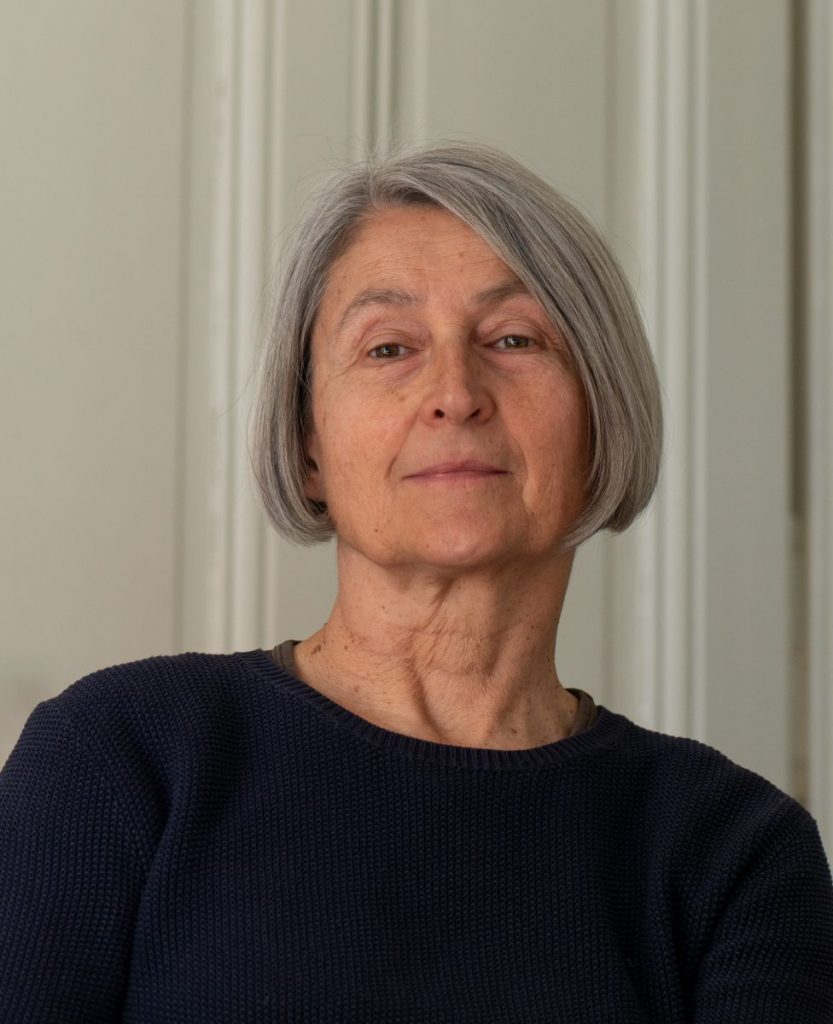
Sophie Roy, laboratory technician
Sophie Roy started working as a laboratory technician at the Department of Pharmacology and Toxicology (which is now part of the DBS) in 1978 for Käthi Geering, who was at that time in Bernard Rossier’s group. Käthi Geering became then independent group leader, and Sophie stayed in her research team until Käthi Geering’s retirement in 2008. They had purified and studied the Na,K-ATPase for many years and then studied Na,K-ATPase regulatory subunits and proteins. After the retirement of Käthi Geering, Sophie worked for a year for Hugues Abriel until he left for Bern. From 2009 to 2020, the year of her retirement, Sophie worked in Stephan Kellenberger’s group on the function and regulation of ASIC channels. She made important contributions to many of the structure-function studies of the laboratory during this period.
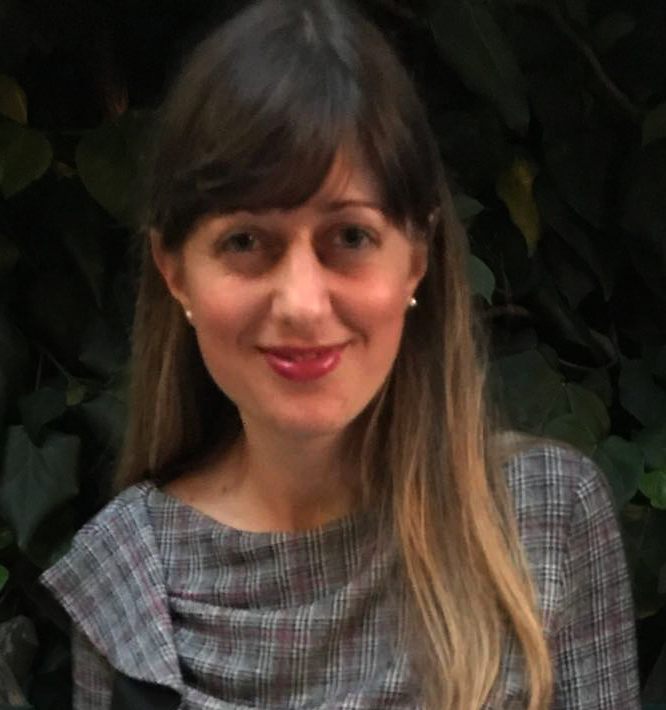
Sabrina Vullo, PhD student and post-doctoral researcher
In 2013, Sabrina obtained her master degree in Experimental and Applied Biology at the University of Pavia (Italy). She carried out her PhD thesis in Stephan Kellenberger’s laboratory at the Department of Pharmacology and Toxicology from September 2014 to January 2019 and worked as post-doctoral researcher until August 2019. During her PhD and post-doctoral research, Sabrina aimed at uncovering the molecular mechanisms associated with the functional transitions of Acid-Sensing Ion Channels (ASICs). To gain this information, she employed the powerful technique of voltage-clamp fluorometry (VCF), that allows to follow in real time local conformational changes upon an acid stimulus, in parallel with functional readout of current activation. After her post-doctoral work, Sabrina joined Bien-Air Medical Technologies, a Swiss MedTech company, worldwide leader of medical solutions, where she currently works as Regulatory Affairs Specialist. In her daily work, she writes, reviews and manages regulatory dossiers for submission to regulatory authorities, in accordance with internal procedures, international regulations and guidelines. She also collaborates with cross-functional teams looking into development and life-cycle management of the medical products.
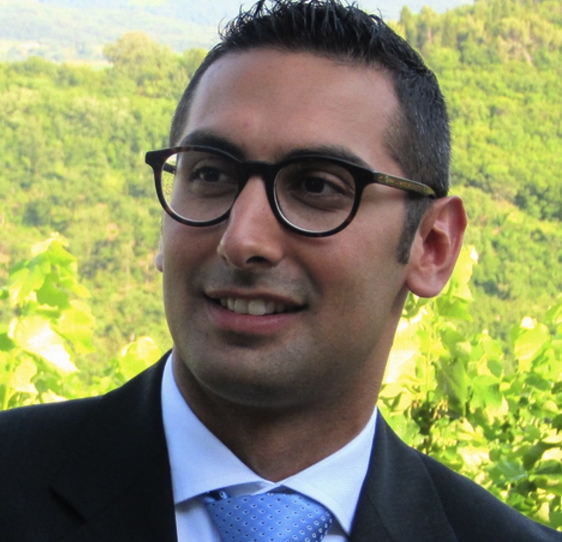
Gaetano Bonifacio, PhD student
Gaetano graduated in 2005, obtaining a Master of Science in Biology at the University of Milan (Italy). He spent 3 years as researcher at the Italian National Center of Research (CNR), studying the effects of hypoxia and related proteomic expression in muscles of rat models. Gaetano joined Stephan Kellenberger’s group in September 2010 as Ph.D student, where he performed structure-function studies on ASIC1a channels to investigate the molecular mechanisms of channel gating. For this purpose, Gaetano implemented and successfully applied the voltage-clamp fluorometry technique. He completed his Ph.D thesis in September 2014 and joined SOPHiA GENETICS, Swiss Health Tech company leader in Data-Driven Medicine. The core product of the company is an analytical platform and technologies for hospitals which are equipped with next-generation genomics sequencing. Gaetano was responsible for building commercial partnerships with KOLs and related institutions in the areas of oncology and hereditary disorders. Currently, Gaetano is appointed as Vice President of Sales in EMEA, managing collaborations with key institutions and partners like Microsoft and GE Healthcare for precision medicine initiatives. Thanks to such combined technologies and scalable workflows, physicians will be able to combine different data sources (Genomics, Radiomics, Electronic Health Records, etc.) and generate useful insights to better diagnose and treat their patients.
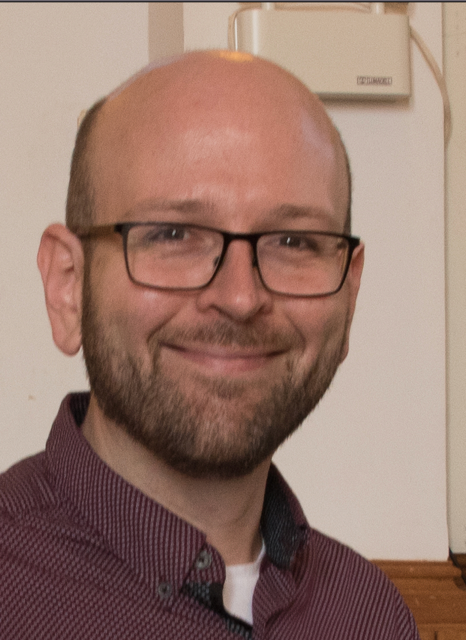
Maxime Blanchard, PhD student
In 2007, Maxime Blanchard obtained a M.Sc. in Physics (Biophysics) at the University of Montreal. He then joined Stephan Kellenberg’s group in October 2007 as a Ph.D. student, where he acquired and applied an extensive training in patch clamp electrophysiology and ion channel molecular biology to the study of acid-sensitive ion channels (ASICs and TRPV1). Upon graduation in 2012, Maxime went for a postdoctoral stay at the Radboud University Medical Center (Nijmegen, The Netherlands), where he studied various aspects of ion channel molecular physiology with a focus on the TRPM6 ion channel. Maxime later went for a postdoctoral stay at the department of neuroscience at the University of Montreal (2014), where he combined patch clamp electrophysiology and two-photon neurotransmitter uncaging techniques to the study of synaptic processing of cortical pyramidal neurons. In 2016, Maxime joined the Scientific Research and Experimental Development (SR&ED) program of the Canadian government, which administers a tax credit program for Canadian companies of all sizes that perform research and development work that aim to generate technological and/or scientific advancement. After occupying various postions of increasing responsibilities in the operational arm of the program, Maxime currently occupies the role of Research and Technology Policy Coordinator at the Headquarters (HQ) of the SR&ED program.
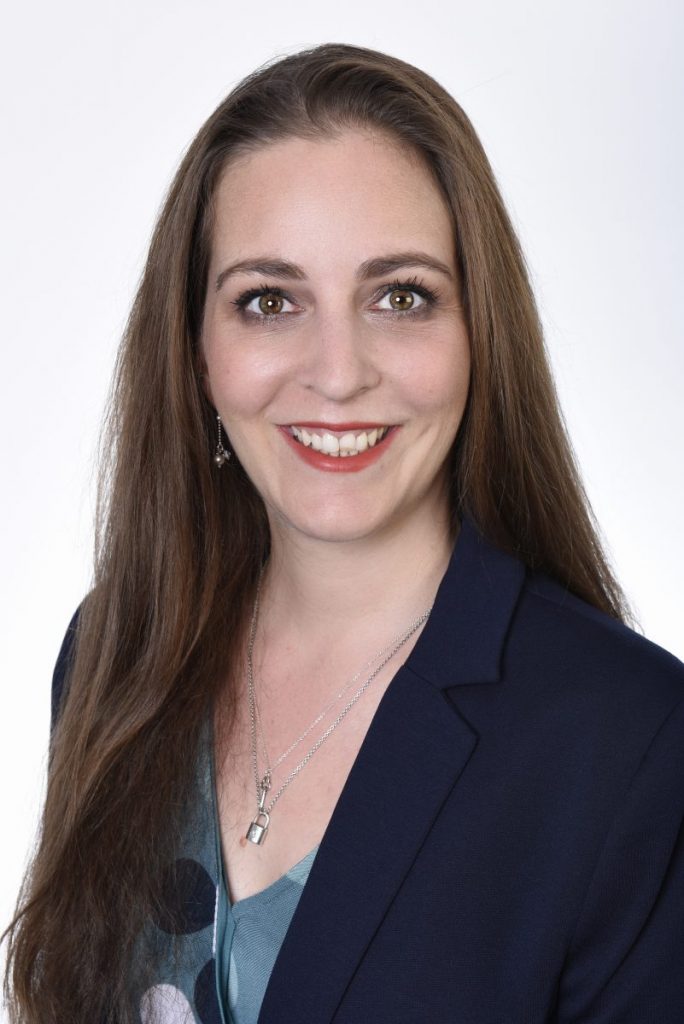
Benoîte (Bargeton) Grisouard, PhD student
Benoîte graduated in 2005, obtaining a Master of Science specialized in functional and structural proteomics at the University of Pierre and Marie Curie (France). Benoîte joined Stephan Kellenberger’s group in January 2006 as Ph.D student, where she performed structure-function studies on ASIC1a channels to investigate the molecular mechanisms of ligand binding and ligand gating. She completed her Ph.D thesis in 2010 and briefly joined Pr. Benton’s lab before moving to Pr. Benzanilla lab (IL, USA) to study biophysics of voltage-gated channels. In 2012 she joined the Center of Integrative Genomics of the University of Lausanne to describe the ligand binding pocket in silico and in vitro of channels related to glutamate receptors. After managing for few years an organization dedicated to science popularization by researchers (Apéro Sciences) that she founded, Benoîte became certified Project Manager by the Project Management Institute (PMI). Currently, Benoîte is part of the project management department of Labcorp, in clinical trial services.
Previous team pictures
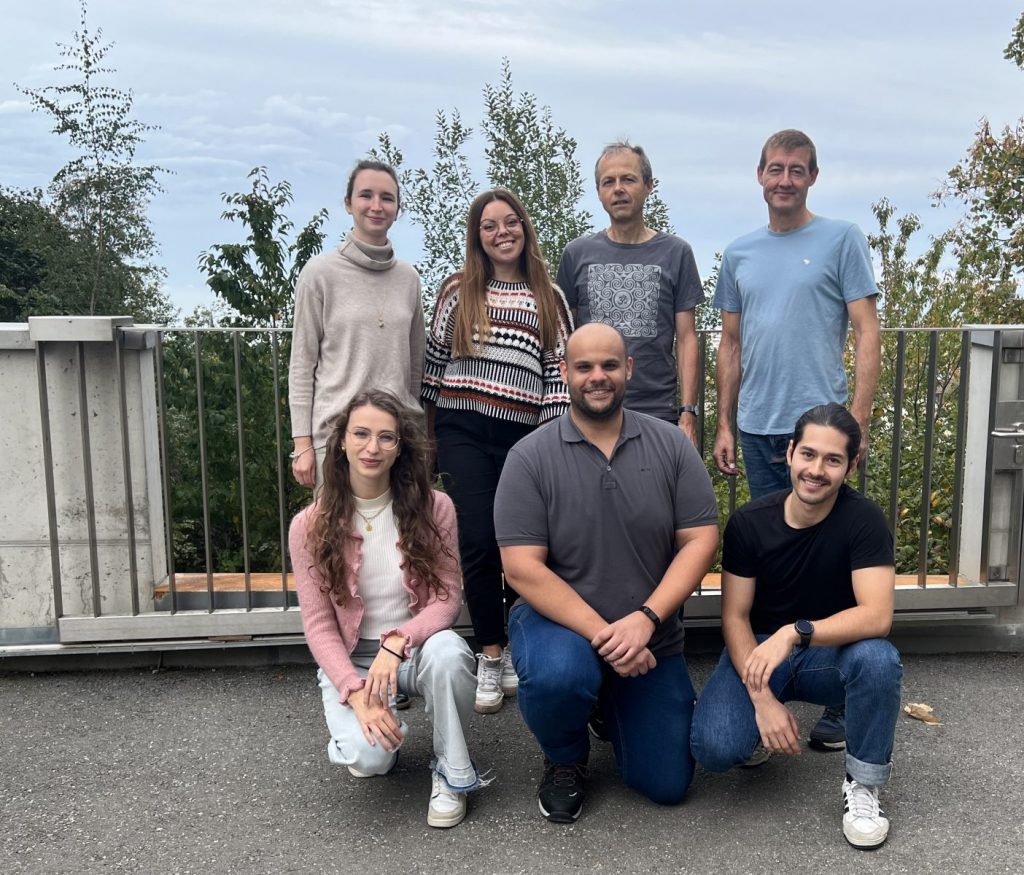
Front, from left to right: Lisa Teoldi, Mina Hanna, Marc Bohnet; back, from left to right: Ophélie Molton, Eleonora Centonze, Stephan Kellenberger, Ivan Gautschi
The “Teams” page of our web site is still under construction.